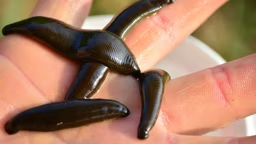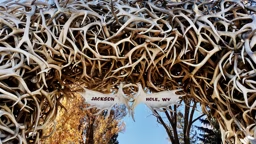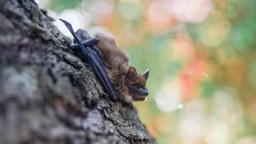But what about the female? She’s yellow, too, but her colors, like those of the females of many species, are duller than her mate’s. Her back is olive, not lemon-yellow; her wings are dark brown, not black; and her head has no cap (see photo). Such drabness serves her well when she’s sitting on the nest, but it occasionally puzzles feeder-watchers. More than one person has asked me what type of bird it is that always comes calling along with the beloved “yellow finches.”
I get fewer questions about goldfinches during the winter. I assume this is so because the birds molt after nesting (each fall, over a period of weeks, they replace all their feathers). For males, this means swapping their sunshine-yellow plumage for drab olive-brown outfits not too different from those worn by females. By spring, they will molt again to return to vibrant lemon-yellow, with the earliest appearing during the second week of April in Ontario. My hunch is that the males aren’t recognized when they show up at bird feeders in February and March.
Are they in your yard now? To help answer this question, picture North America as consisting of three tiers. The top tier stretches across southern Canada from Vancouver Island in the west to Newfoundland in the east and includes a chunk of the northern Great Plains. The bottom tier consists of the southwestern states and the Pacific, Gulf and southern Atlantic coasts. In between the top and bottom is a thick middle tier that reaches from Washington to Nova Scotia and as far south as the northern half of Louisiana.
If your cabin is in the top tier, you will be able to find goldfinches only in summer. If it’s in the bottom tier, you will see them only in winter (because goldfinches that breed up north in the top tier migrate south to the bottom tier after nesting). But if you’re in the middle tier, you can enjoy goldfinches all year long, even now. They don’t fly south.
Here’s a tip for recognizing them: Even though the birds look different in winter than they do in summer, their wings appear the same all year. On both males and females, watch for well-defined wing bars.
Chuck Hagner is an avid birdwatcher and the editor of BirdWatching, a bimonthly magazine about wild birds and birding.











